Greetings!
It’s been a beautiful week here in the Pacific Northwest - not too hot, not too cool. We even took the boys, Max and Jasper, out in their new kitty stroller. We bought it for the RV so there was a method of transport without bad associations ( crate = vet) plus we can take them on walks and have a safe space if we ever need to leave the RV for repairs. I’ll have to get pictures next time. They actually did quite well, and have both been marking it and checking it out way more than before their first stroll.
This Week
How about I let my photos do the “talking” this week?


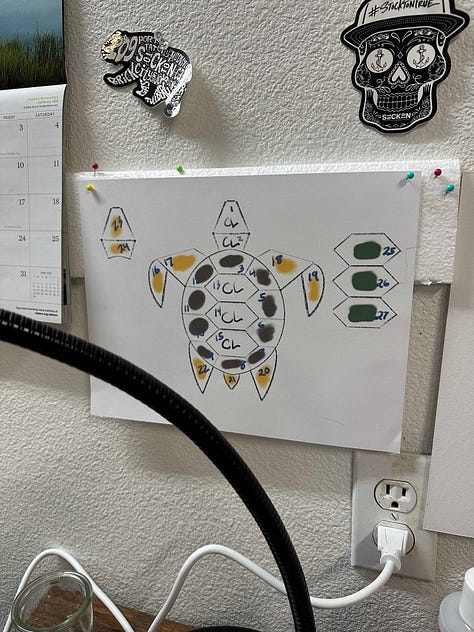
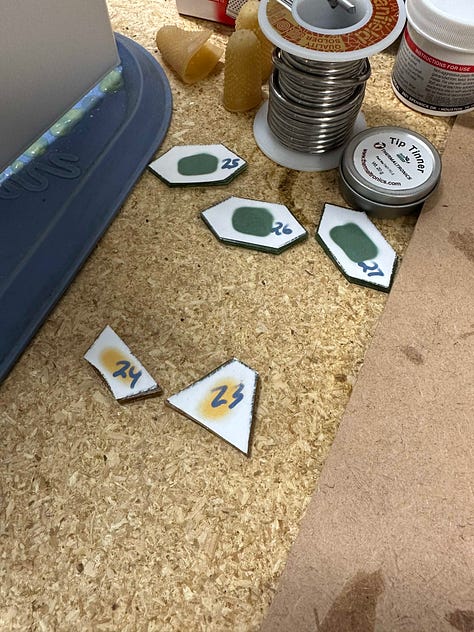
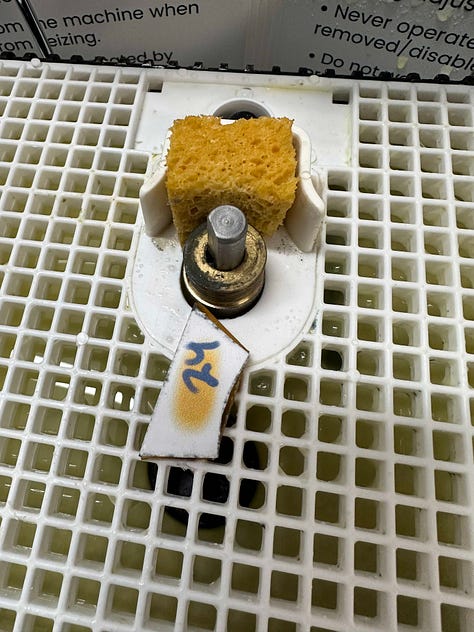
What About…?
Crane Flies
A couple of weeks ago, I found this little guy resting on a hanging pot on our front porch. I thought he was interesting-looking so ran inside to get my iPhone to take a few pictures. Pleased that he, excuse me - she (you can tell by the pointed abdomen - males have a rounded abdomen) was still there, I clicked away until I had a few good shots. I then did an image search to identify the insect. It’s a crane fly.
I’ve seen crane flies my whole life, but never really up close. Usually, they are bouncing around the ceiling or the top of the porch outside. I wanted to learn a bit about these abundant creatures. Now I get to share with you.
Growing up, my dad told me these were skeeter eaters, a common and inaccurate name for crane flies in many places, including Texas where I spent a portion of my childhood. Some people believe crane flies eat mosquitoes. They don’t. In fact, they rarely eat anything. When they do, it’s just sips of nectar.
Crane flies spend less than 5% in their adult stage, the other 95%+ being spent in the larval stage. Adults live from about 2 days to 2 weeks, and the larval stage typically lasts for a year. The purpose of the adult stage appears to be to mate and lay eggs and ensure the species’ survival.
There are close to 15,000 species of crane flies. Some can spend up to 5 years in the larval stage, depending on the species and climate.
Other names for crane flies include daddy longlegs (in the UK - in the US that moniker is most frequently used for a type of spider), mosquito hawks, and leatherjackets (for the larvae stage due to the tough exoskeleton on the worm-like insect).
Some people think crane flies look like mosquitoes, so worry about being bitten by one. Crane flies cannot bite. They are harmless to humans, as well as other animals and plant life.
However, crane fly larvae spend their lives eating the roots of plants, seedlings, fungi, and algae, plus rotting wood and other debris. For this reason, many farmers and homeowners consider them pests as they threaten crops, lawns, and plants, but this occurs mostly in places where there are large infestations.
In many locations and with many species, the larvae are not considered pests. From an ecological viewpoint, they are actually beneficial in that they recycle dead and dying plants and serve as food for birds, small mammals, and some other insects.
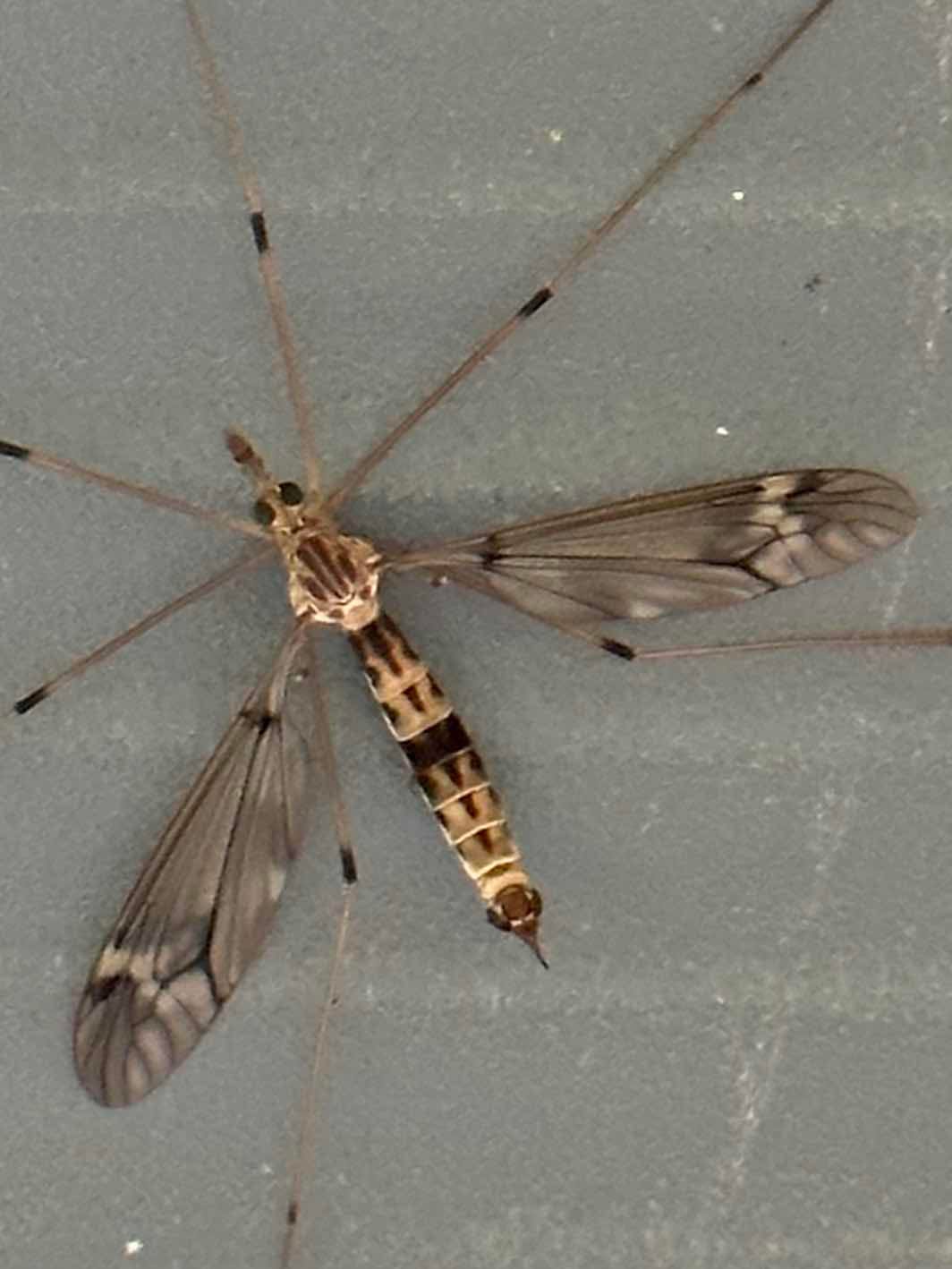
If you like this issue, please click on the ❤️ at the bottom or top of this message. It’s good to know you are there enjoying what I put out into the world.
Best Trivia Tidbit
In North America, most crane flies are not much longer than 1” (2.5 cm) with a 1”-2” (2.5-5 cm) wingspan. However, in the tropics, there is more diversity of crane flies, generally meaning more sizes and colors. According to Guinness World Records, the largest crane fly on record was found in China and had a body of 1.9” ( 48.28 mm) with a wing span of 4.4” ( 111.49 mm).
I hope your weekend is fun, relaxing, exciting, or whatever else you most need in your life. For those in the U.S., have a safe and happy Fourth of July.
Peace,
Dakota Duncan
If you are new to this newsletter, why not subscribe for free right now?
Did you know I wrote a children’s adventure book about one? This is a fun summer read with some educational elements, too. Check it out on my website: dakotaduncan.com or click on the book image below to go directly to Amazon.com.




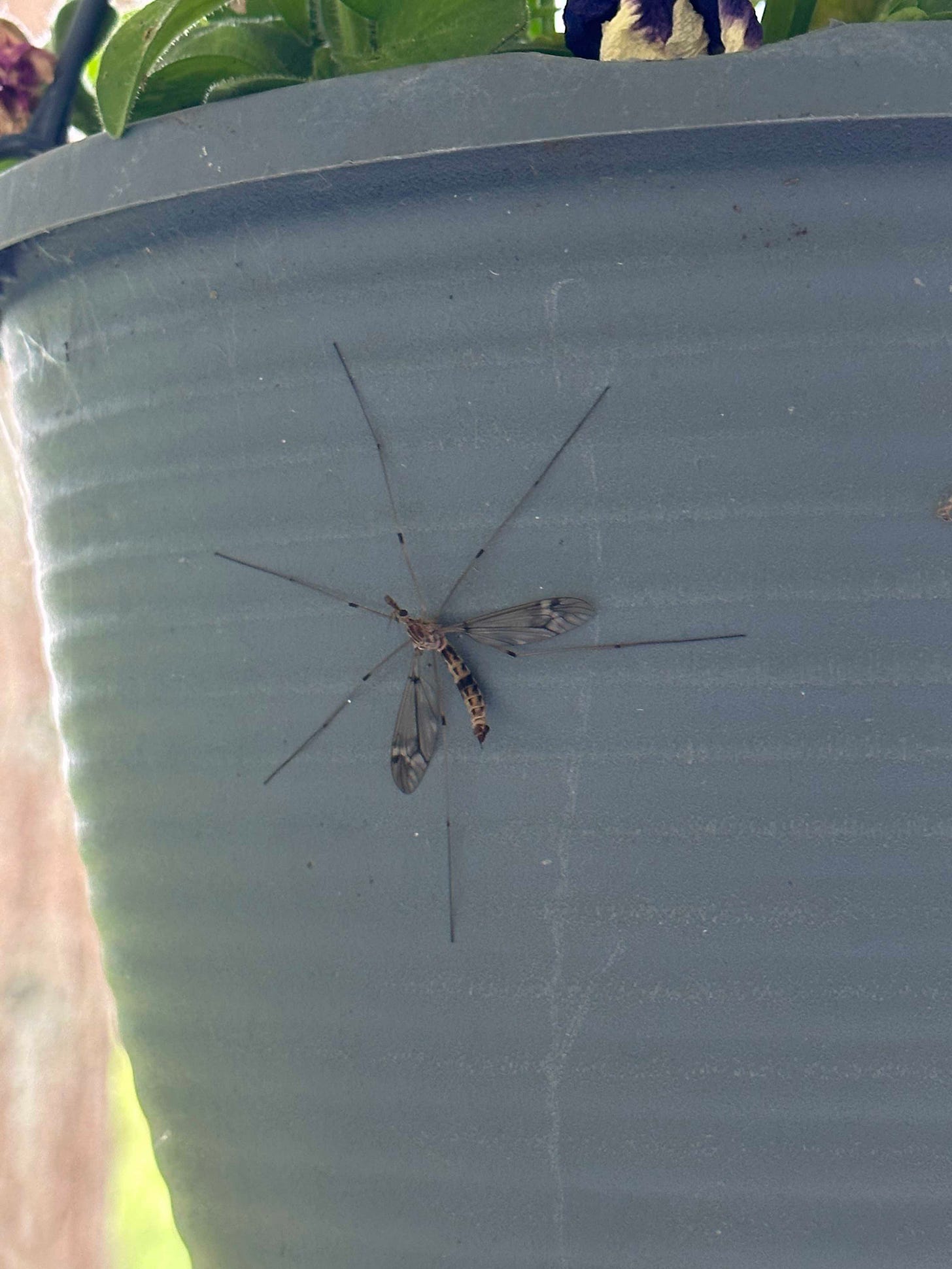

Another fascinating bit of info for the next cocktail party! Thanks!
Wow! Maybe not as common in your area.